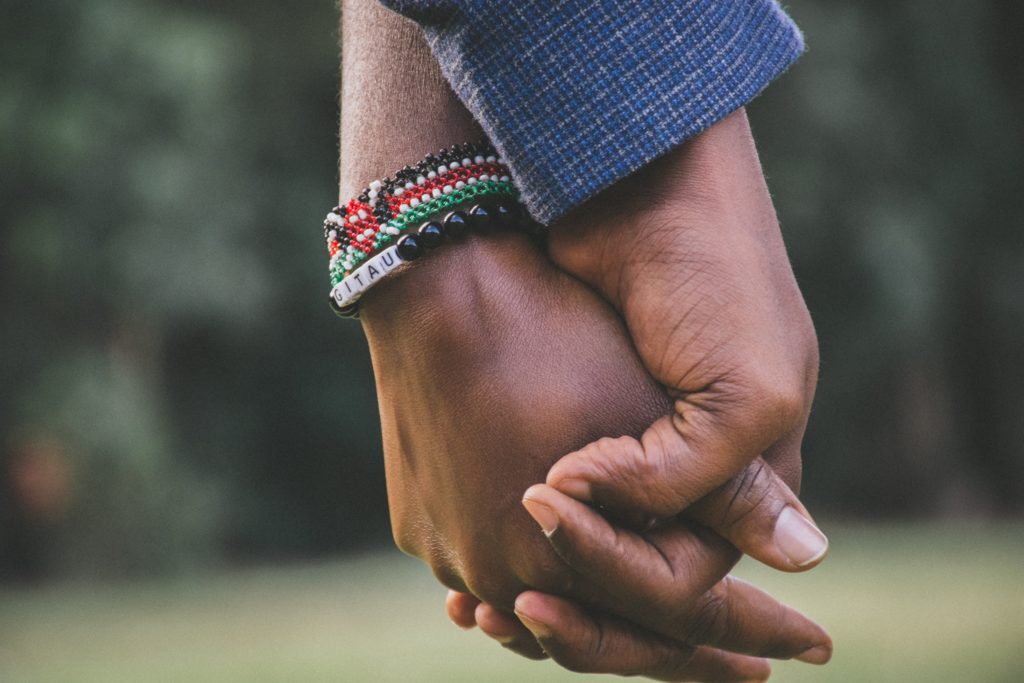As captivating and mysterious as love is often portrayed, there actually is quite a bit of science to it. Numerous studies have attempted to tackle what influences people to be more likely to fall in love with one another and develop passion, as well as the chemical process that happens when people fall in love.
Factors that Influence the Likelihood of Falling in Love
Rather than an exact list, the below is a combination of factors researchers have identified as influential in making people more likely to fall in love.
- Similarity: Having similar belief systems, personality traits, and patterns of thinking.
- Proximity or Propinquity: This is a great word that refers to a sense of familiarity or nearness to another person. This increases when people physically live near one another, spend time together, think about the other person, or even anticipate interacting with the other person.
- Desirability: This is when the individual finds the other person’s attributes (both physical and personality) desirable based on their personal preferences, standards, and values.
- Reciprocal Liking: Simply knowing someone is attracted to or likes you makes you more likely to like them back.
- Social Influences: In general, it is more likely for two people to fall in love if their partnership satisfies both general social norms and those within their own social circle.
- Filling Needs: Some basic needs for most people include companionship, love, sex, and/or procreation. If two individuals are able to fill these needs for one another they are more likely to fall in love.

Factors That Increase Passionate Love vs. Friendship Love
Couples vary in the intensity of passion in their love relationships. Below are factors that tend to move people more toward the passionate end of the spectrum.
- Arousal/Unusualness: If the environment two people are in is unusual, they are more likely to experience passionate feelings as opposed to friendship love.
- Specific Cues: This is something one person finds particularly attractive about the other person, often a physical feature.
- Readiness: The more you want to be in a relationship, the more likely you are to fall in love.
- Isolation: The more two people spend time alone together, the more likely it is for them to develop passion for one another.
- Mystery: This is the opposite of predictability in a relationship. If there is some mystery about what the other person is feeling or when they may touch, for example, the passion is likely to increase.

The Chemical Steps to Falling in Love
- Lust: This is an intense sexual desire for another person fueled by testosterone and estrogen. Everyone has these hormones to some degree. This happens most in the early stages of a relationship.
- Attraction: This is similar to lust but is more closely tied to reward pathways in the brain. The chemicals involved are dopamine, norepinephrine, and serotonin. These are the types of chemicals that cause us to keep returning, again and again, to those things that make them flow. In this case, they are being released by time with that person so it is “attractive” to come back to spend time with them.
- Attachment: People can’t live on the highs associated with lust and attraction forever so, for those relationships that endure, oxytocin and vasopressin play a part. Oxytocin is associated with the experience of bonding (i.e. childbirth and breastfeeding) and is also calming, creating a sense of security with the other person. While oxytocin is released during sex, vasopressin is released after having sex connecting happiness with the person you are with and encouraging you to stay with them over time.
Of course, no matter how much research is done, there will likely always be a sense of mystery and serendipity around the process of people falling in love with one another. There are plenty of relationships that make “sense” based on the criterion above and plenty that don’t. No matter if it fits the pattern or not, healthy, loving relationships have always been an important part of our personal, social, and cultural fabric.
References
Aron, A & Aron, EN. (1986). Love and the Expansion of Self: Understanding Attraction and Satisfaction, New York, NY, US: Hemisphere Publishing Corp/Harper & Row.
Harvard Medical School. (2018). Love and the Brain. http://neuro.hms.harvard.edu/harvard-mahoney-neuroscience-institute/brain-newsletter/and-brain-series/love-and-brain
Harvard University (2017). Love, Actually: The science behind lust, attraction, and companionship. http://sitn.hms.harvard.edu/flash/2017/love-actually-science-behind-lust-attraction-companionship/
Psychology Today: The Science Behind Falling in Love: Maryanne Fisher, Ph.D.
February 13, 2023. By Anne Rulo, Author, Speaker, Therapist. www.annerulo.com. FB/IG/Twitter @annemrulo
